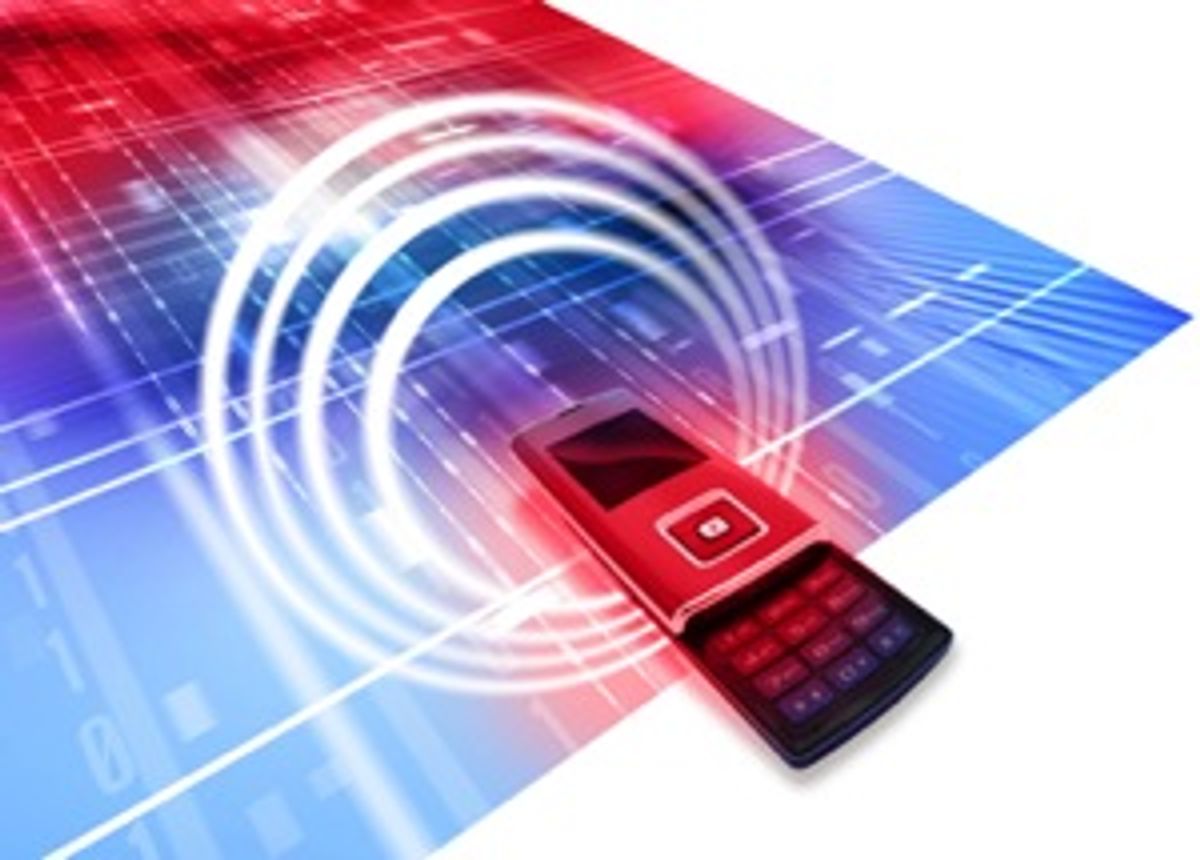But over in Congress, Rep. Dennis J. Kucinich (D-OH) seems to think it was a good idea. On 30 June he announced his intent to introduce a bill making an SAR labeling law national. In addition, the bill will, if passed, create a new national research program to study cell phones and health.
“Some studies find links. Some don’t. But studies funded by the telecommunications industry are significantly less likely to find a link between cell phones and health effects. We need a first class reserch program to give us answers,” Kucinich said.
Meanwhile, he indicated, “a labeling law will ensure that cell phone users can decide for themselves the level of risk that they will accept.”
Also in late June, researchers in Austria released the results of a study that found that the risk of tinnitus—ringing in the ears—doubled after four years of cell phone use. The study, from the Institute of Environmental Health at the Medical University of Vienna, found that the risk is higher on the ear in which the phone is used. Researchers said that the link between mobile phone use and tinnitus is plausible, given that the inner ear is in the path where much of the cell phone radiation is absorbed, but didn’t discount other possible factors, such as blood flow constraint because of the way the phone is held.
Tekla S. Perry is a senior editor at IEEE Spectrum. Based in Palo Alto, Calif., she's been covering the people, companies, and technology that make Silicon Valley a special place for more than 40 years. An IEEE member, she holds a bachelor's degree in journalism from Michigan State University.




